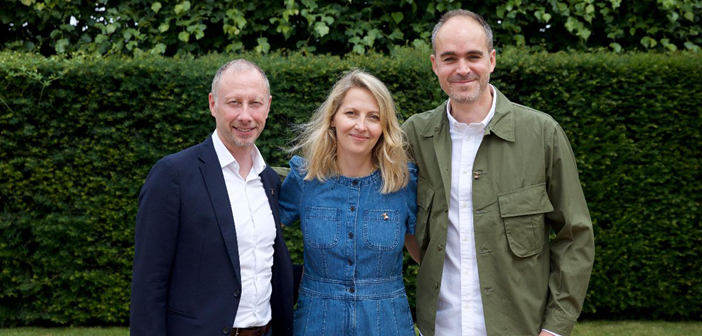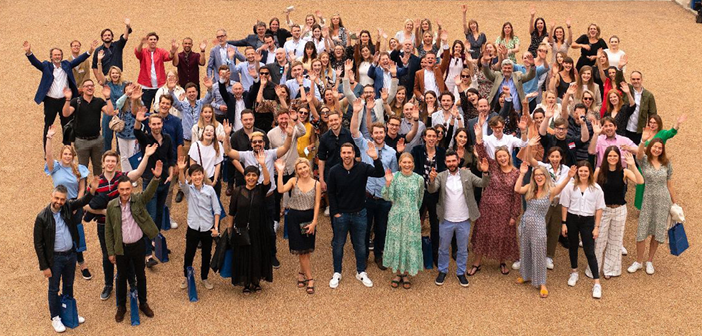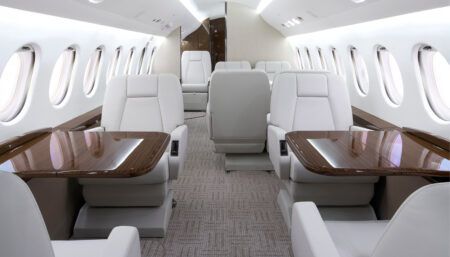Winch Design – an international design studio serving the yachting, aviation and architecture sectors – is now fully employee-owned.
The company said employee ownership was beautifully in line with its ethos of placing the highest value on its people, and noted that their loyalty, talent and commitment have played a vital part in the success of the business. The senior leadership team and the entire cohort will continue to build on the legacy created by Andrew and Jane Winch 35 years ago.
Winch Design described the move as a natural progression, rather than a change to its current and future modus operandi. Over the last six years, leadership has been bolstered with Clive Beharrell as chairman, Aino Grapin as CEO, and with long-standing studio heads Simon Tomlinson and Jim Dixon, made directors in 2019. The company said this team, with Andrew Winch’s support and guidance, has taken Winch Design to the next level and has been working hard to empower and develop the next generation. Under this leadership, the business has grown in size, stability and capability, while organically transitioning from a yacht designer to a global design studio across land, sea and air. The company believes clients and partners will benefit from the owner mindset that will permeate the business.
The Winch Employee Ownership Trust (WEOT) is now the sole shareholder of the company, thus ensuring that the company remains privately held and under the ongoing stewardship of the dedicated team. As co-directors of the operating board, Grapin, Dixon and Tomlinson will continue to have responsibility for the leadership of Winch Design, together with the senior leadership team, who run the company.

“Winch Design has always been a pioneering studio, which I have been honoured to drive forward for the past five years, supported by a fantastic team,” said Grapin. “Andrew has long been a visionary in the industry and this has inspired us to develop a truly innovative studio, both in terms of the projects we design and the management style we adopt. Employee ownership will enable us to stay true to our colours, serve our clients even better and further empower our next generation of talent.”
Andrew Winch’s role has also evolved over recent years. The day-to-day running of the company has been in the hands of the senior leadership team for several years now. Winch’s confidence in the design teams means he will now also pass creative leadership to Dixon, director of yachts and aviation, and Tomlinson, director of architecture.
Winch will focus more on his role as a creative sounding board, participating in regular design reviews with Dixon and Tomlinson. He will sit on the board of trustees for at least five years and also wishes to broaden his role externally, wanting to inspire young people across the industry at the start of their careers, as well as continuing to expand his patronage of British craftsmanship.
“I am immensely proud of the team,” said Winch. “Today’s announcement is another exciting milestone in our history and such a natural progression of all the great work that has been done to get us to this point. I believe every single person at Winch Design is exceptional and it is their collaborative spirit that is the true strength of the Winch studio. I thank them and also extend huge thanks to our many clients and friends in the industry who have helped us to reach this exciting moment. The Winch DNA is unique and will only get stronger as the adventure continues. 2021 is a special year for Winch, as we celebrate our 35 years in business, but I am so excited to look forward as the next chapter in our history unfolds.”
The purpose of an Employee Ownership Trust (EOT) is to provide permanent long-term employee ownership of the company through holding the company’s shares in trust for the benefit of all the company’s employees.
There are now more than 470 EOTs in the UK and Winch Design notes this number is growing rapidly, particularly in architecture practices where more than 25% of AJ100 practices are in the hands of their employees and many smaller practices have also transitioned.





